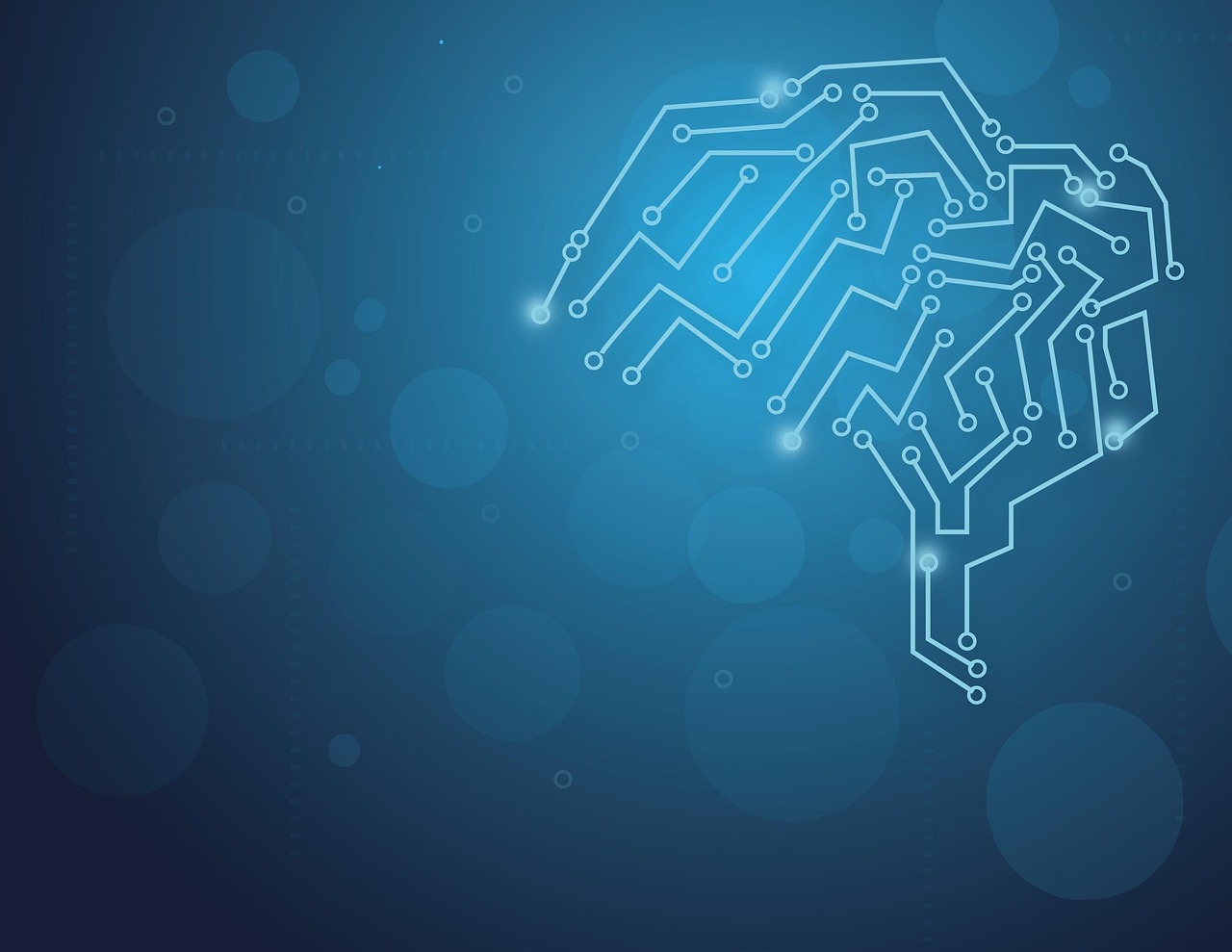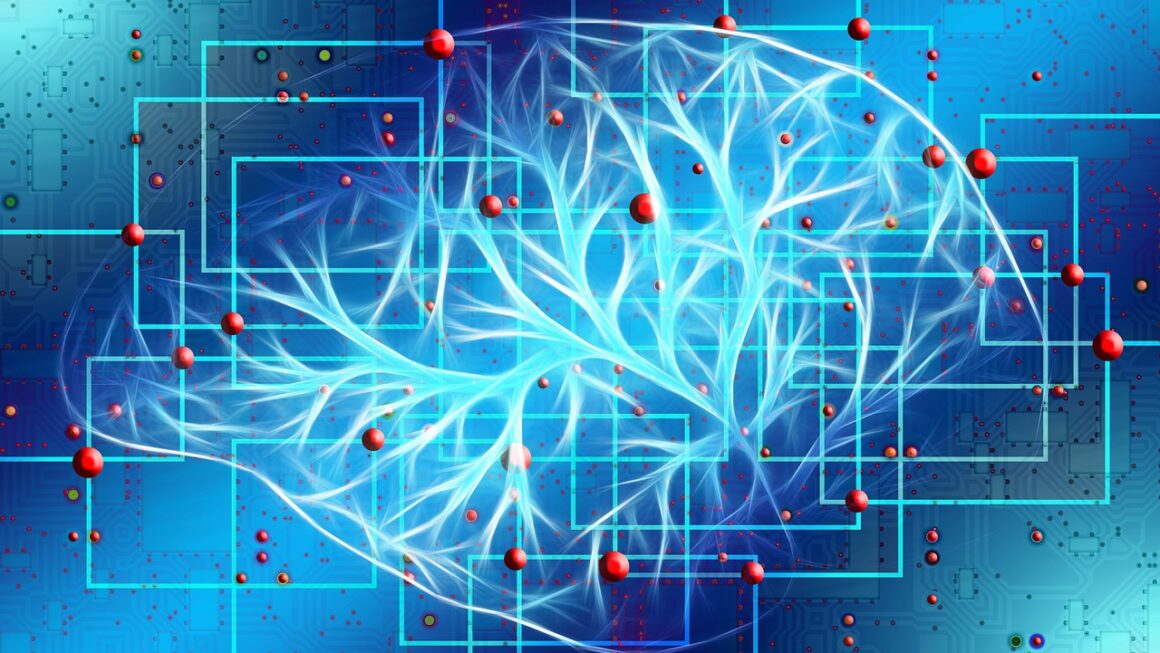The realm of artificial intelligence (AI) is no longer a futuristic fantasy; it’s a dynamic reality rapidly transforming industries and reshaping the way we live and work. From automating mundane tasks to powering groundbreaking innovations, AI tools are becoming indispensable for businesses and individuals alike. But with a seemingly endless array of options available, navigating the AI landscape can feel overwhelming. This comprehensive guide explores the essential categories of AI tools, offering practical examples and insights to help you harness their power effectively.
- Understanding AI Tools: A Broad Overview
- Machine Learning: The Foundation of Many AI Tools
- Natural Language Processing: Bridging the Gap Between Humans and Machines
- Computer Vision: Enabling Machines to See the World
- Robotic Process Automation: Streamlining Repetitive Tasks
- Generative AI: Creating New Content
- Conclusion
Understanding AI Tools: A Broad Overview
AI tools are software applications that leverage artificial intelligence to perform tasks that typically require human intelligence. These tasks can range from simple automation to complex decision-making processes. The core of these tools lies in algorithms that enable machines to learn from data, identify patterns, and make predictions without explicit programming.
Types of AI Tools
The AI landscape is diverse, encompassing a variety of tool types, each designed for specific purposes:
- Machine Learning Platforms: These platforms offer comprehensive environments for building, training, and deploying machine learning models. Examples include TensorFlow, PyTorch, and scikit-learn.
- Natural Language Processing (NLP) Tools: NLP tools enable machines to understand, interpret, and generate human language. They are used for tasks like sentiment analysis, chatbots, and language translation. Examples include the Google Cloud Natural Language API and the OpenAI API.
- Computer Vision Tools: These tools enable machines to “see” and interpret images and videos. Applications include object detection, facial recognition, and image classification. Examples include OpenCV and Amazon Rekognition.
- Robotic Process Automation (RPA) Tools: RPA tools automate repetitive, rule-based tasks, freeing up human employees for more strategic work. Examples include UiPath, Automation Anywhere, and Blue Prism.
- AI-Powered Analytics Tools: These tools use AI to analyze data, identify trends, and generate insights that can inform business decisions. Examples include Tableau with Einstein Analytics and Power BI with AI insights.
- Generative AI Tools: Tools capable of generating new content like text, images, audio, and code. Examples include DALL-E 2, Midjourney, and GPT-4.
Benefits of Using AI Tools
Implementing AI tools can yield significant benefits for businesses and individuals, including:
- Increased Efficiency: Automating tasks and streamlining processes.
- Improved Accuracy: Reducing human error and ensuring data integrity.
- Enhanced Decision-Making: Providing data-driven insights and predictions.
- Personalized Experiences: Tailoring products, services, and content to individual preferences.
- Reduced Costs: Optimizing resource allocation and minimizing operational expenses.
Machine Learning: The Foundation of Many AI Tools
Machine learning (ML) is a core branch of AI that enables systems to learn from data without explicit programming. ML tools provide the infrastructure and algorithms needed to build, train, and deploy these models.
Key Features of Machine Learning Platforms
- Data Preprocessing: Tools for cleaning, transforming, and preparing data for model training.
- Algorithm Selection: A library of algorithms to choose from, depending on the specific problem and data type.
- Model Training: Tools for training models on historical data, optimizing parameters, and evaluating performance.
- Model Deployment: Infrastructure for deploying trained models to production environments.
- Monitoring and Management: Tools for monitoring model performance, identifying issues, and retraining models as needed.
Practical Applications of Machine Learning
- Predictive Maintenance: Using ML to predict when equipment is likely to fail, enabling proactive maintenance and reducing downtime.
Example: A manufacturing company uses sensor data and ML to predict when a machine is likely to need maintenance.
- Fraud Detection: Identifying fraudulent transactions in real-time by analyzing patterns in transaction data.
Example: A credit card company uses ML to detect unusual spending patterns that may indicate fraud.
- Personalized Recommendations: Recommending products or services to customers based on their past behavior and preferences.
Example: An e-commerce website uses ML to recommend products to customers based on their browsing history and purchase data.
Choosing the Right Machine Learning Platform
When selecting a machine learning platform, consider the following factors:
- Ease of Use: The platform should be user-friendly and intuitive, especially for users with limited coding experience.
- Scalability: The platform should be able to handle large datasets and complex models.
- Integration: The platform should integrate seamlessly with existing systems and data sources.
- Cost: The cost of the platform should be considered, including licensing fees, infrastructure costs, and support costs.
- Community Support: A strong community can provide valuable resources and support for users.
Natural Language Processing: Bridging the Gap Between Humans and Machines
Natural language processing (NLP) is a field of AI focused on enabling computers to understand, interpret, and generate human language. NLP tools are used in a wide range of applications, from chatbots to sentiment analysis.
Core NLP Techniques
- Sentiment Analysis: Determining the emotional tone or attitude expressed in a piece of text.
- Text Summarization: Condensing large amounts of text into shorter, more concise summaries.
- Machine Translation: Automatically translating text from one language to another.
- Named Entity Recognition (NER): Identifying and classifying named entities in text, such as people, organizations, and locations.
- Question Answering: Enabling computers to answer questions posed in natural language.
Examples of NLP Tools in Action
- Chatbots: Providing automated customer service and support.
Example: A customer service chatbot that answers frequently asked questions and provides support to customers.
- Content Creation: Generating text for marketing materials, website content, and other applications.
Example: Using an NLP tool to generate product descriptions for an e-commerce website.
- Social Media Monitoring: Analyzing social media posts to understand public sentiment towards a brand or product.
Example: Monitoring Twitter to identify negative comments about a company and respond to customer concerns.
Practical Tips for Using NLP Tools
- Start with a clear objective: Define the specific problem you are trying to solve with NLP.
- Choose the right tool for the job: Select an NLP tool that is appropriate for the task at hand.
- Prepare your data carefully: Ensure that your data is clean, accurate, and properly formatted.
- Evaluate the results: Assess the performance of the NLP tool and make adjustments as needed.
Computer Vision: Enabling Machines to See the World
Computer vision is a field of AI that enables computers to “see” and interpret images and videos. Computer vision tools are used in a variety of applications, from facial recognition to object detection.
Common Computer Vision Tasks
- Image Classification: Identifying the objects or scenes present in an image.
- Object Detection: Locating and identifying objects within an image.
- Facial Recognition: Identifying individuals based on their facial features.
- Image Segmentation: Dividing an image into multiple regions or segments.
- Optical Character Recognition (OCR): Converting images of text into machine-readable text.
Real-World Applications of Computer Vision
- Autonomous Vehicles: Enabling self-driving cars to perceive their surroundings and navigate safely.
Example: Using computer vision to detect pedestrians, traffic lights, and other vehicles.
- Medical Imaging: Assisting doctors in diagnosing diseases by analyzing medical images.
Example: Using computer vision to detect tumors in X-rays and MRIs.
- Security and Surveillance: Monitoring surveillance footage to detect suspicious activity.
Example: Using computer vision to detect intruders in a security camera feed.
- Quality Control: Automating the inspection of products for defects.
Example: Using computer vision to inspect manufactured parts for imperfections.
Considerations When Implementing Computer Vision
- Data Availability: Computer vision models require large amounts of labeled data for training.
- Computational Resources: Training computer vision models can be computationally intensive, requiring powerful hardware.
- Ethical Considerations: Facial recognition and other computer vision technologies raise ethical concerns about privacy and bias.
Robotic Process Automation: Streamlining Repetitive Tasks
Robotic process automation (RPA) is a technology that automates repetitive, rule-based tasks using software robots, also known as bots. RPA tools are used to streamline processes, reduce costs, and improve efficiency.
Key Features of RPA Tools
- Process Recording: Recording user interactions with software applications to create automated workflows.
- Orchestration: Coordinating multiple bots to automate complex processes.
- Exception Handling: Handling errors and unexpected events that occur during automation.
- Reporting and Analytics: Tracking bot performance and providing insights into process efficiency.
- Integration: Integrating with existing systems and applications.
Practical Examples of RPA Implementation
- Invoice Processing: Automating the process of extracting data from invoices, validating information, and entering data into accounting systems.
- Customer Onboarding: Automating the process of verifying customer identity, setting up accounts, and providing access to services.
- Data Entry: Automating the process of entering data from paper documents or spreadsheets into databases.
- Report Generation: Automating the process of generating reports from data sources.
Best Practices for RPA Implementation
- Identify the right processes: Focus on automating processes that are repetitive, rule-based, and high-volume.
- Start small: Begin with a pilot project to test the feasibility of RPA and demonstrate its value.
- Involve stakeholders: Engage with business users and IT staff to ensure that RPA is aligned with business needs.
- Monitor and maintain the bots: Regularly monitor bot performance and make adjustments as needed.
Generative AI: Creating New Content
Generative AI is a type of artificial intelligence that can create new content, such as text, images, audio, and video. This burgeoning field holds immense potential for various industries, enabling automation in creative tasks and offering novel solutions across numerous sectors.
Types of Generative AI
- Text Generation: Creating human-quality text for various purposes, like writing articles, generating product descriptions, and drafting emails. (e.g., GPT-3, GPT-4, LaMDA)
- Image Generation: Generating realistic and imaginative images from text descriptions or other inputs. (e.g., DALL-E 2, Midjourney, Stable Diffusion)
- Audio Generation: Creating music, sound effects, and speech from text or other inputs. (e.g., Google’s AudioLM, Meta’s AudioGen)
- Video Generation: Generating short video clips from text prompts or existing images. (e.g., RunwayML, Make-A-Video)
- Code Generation: Writing code snippets or complete programs from natural language descriptions. (e.g., GitHub Copilot, Tabnine)
Applications of Generative AI
- Content Creation: Generating marketing copy, social media posts, blog articles, and other content.
- Art and Design: Creating original artwork, illustrations, and designs.
- Drug Discovery: Generating novel molecules with desired properties for drug development.
- Software Development: Automating code generation and reducing development time.
- Education: Creating personalized learning materials and interactive educational experiences.
Ethical Considerations with Generative AI
- Bias: Generative AI models can perpetuate and amplify biases present in the training data.
- Misinformation: The ability to generate realistic fake content raises concerns about the spread of misinformation and propaganda.
- Copyright Infringement: Generative AI models may inadvertently infringe on existing copyrights.
- Job Displacement: The automation of creative tasks may lead to job displacement for human content creators.
Conclusion
AI tools are rapidly evolving and becoming increasingly accessible. By understanding the different types of AI tools available and their potential applications, businesses and individuals can leverage these technologies to improve efficiency, enhance decision-making, and drive innovation. As AI continues to advance, it is crucial to stay informed about the latest developments and adopt a strategic approach to AI implementation. Embrace the power of AI to transform your operations and achieve your goals, while remaining mindful of the ethical considerations that accompany this transformative technology.




